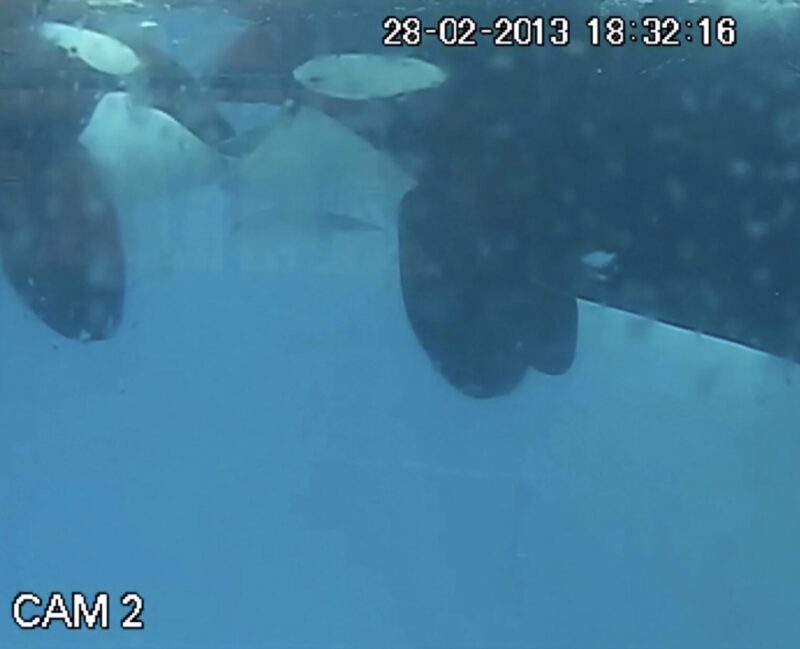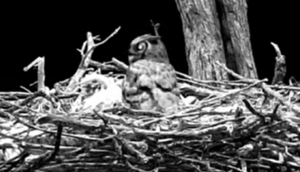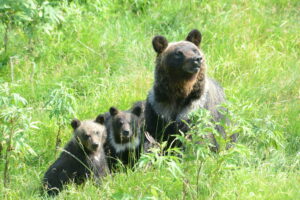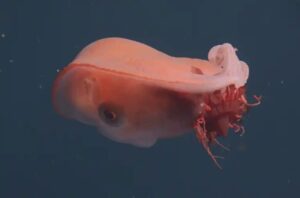Two killer whales have been caught “kissing” on camera in a fiord in northern Norway. A group of snorkelers-turned-citizen-scientists captured the moment last October, and now the internet is going wild for the smooching orcas.
This behavior, known as tongue-nibbling, has never been seen before in wild orcas. The snorkelers were on a whale-watching tour when they saw the two juvenile orcas approach each other and begin gently touching mouths and nibbling at each other’s tongues.
The video footage shows three separate interactions between the whales. Altogether, the whales spent nearly two minutes tongue-nibbling, a behavior that bears striking resemblance to French kissing. After their underwater make-out session, the two whales parted ways, swimming off in different directions.
Only seen a handful of times
Even in captive whales, this behavior is incredibly rare. It was first spotted in 1978 at Loro Parque Marine Park in Tenerife, Spain. Since then, only a handful of workers at marine parks have witnessed it.
“Orca caretakers at several facilities are aware of the behavior, but its prevalence is extremely low,” study co-author Javier Almunia told LiveScience. “It may appear and then not be observed again for several years.”
The meaning of the behavior is open for interpretation. Some experts believe it’s a form of social bonding, similar to grooming in primates or the lip contact seen in beluga whales. Others suggest it could be play, part of how orcas express affection, or test social boundaries.
“Tongue-nibbling itself has not been recorded in other species, but comparable mouth-related social interactions have been observed in belugas,” Almunia explained. “This could suggest that, given cetacean anatomy — particularly the adaptation of limbs to the marine environment — oral contact may serve as a more versatile means of social communication than in terrestrial mammals.“
Others have speculated that it might be a way to clean each other’s mouths or beg for food. Regardless of the exact reason behind it, the kiss shows us that there is still a huge amount we don’t know about cetacean behavior.

Orcas caught on camera at Loro Parque in 2013. Photo: Almunia et al., 2025
Natural behavior?
Those analyzing the footage believe that since this kissing occurs in wild orcas, it is a natural behavior also shown in orcas under human care.
Not all scientists agree. Some think that far more research is needed — research that does not need captive whales.
“Even if the behavior itself is fascinating, and I think it is…it’s just one observation,” marine mammal researcher Luke Rendall told LiveScience. “It is telling that in their summing up, these authors take great pains to explain how this observation justifies orca captivity and swim-with-cetaceans programs. It does not, in my view.”






